ISCAR is the largest of the 15 companies comprising IMC (International Metalworking Companies). Together, they supply a dynamic comprehensive line of precision carbide metalworking tools. These companies produce a wide range of carbide inserts, carbide endmills, and cutting tools, covering most metal cutting applications. IMC also provides engineering and manufacturing solutions to major industries throughout the world. Many innovative products, designed especially for customer requirements, have made IMC a world leader in major manufacturing industries such as automotive, aerospace, and die & mold production.
The quest for reducing levels of power consumption in the global metal cutting sector is not a new trend; today it has become an essential technical requirement. Industry’s greater understanding of its environmental protection and sustainability responsibilities has ensured the development of processes, materials and machines that significantly reduce power consumption during machining operations.
In addition to ensuring more efficient machining strategies, when compared to their heavy-duty predecessors, modern machining centers require less power whilst delivering improved performance capabilities. Previously, a typical production process was divided into primary and final cutting tasks that were performed on two machines. The first powerful machine removed most of the stock, and a more precise procedure was then used to achieve the final required shape and to create the necessary surface finish. Today, a single process often achieves these results in half the time. Fast and less load machining results in increased productivity and consumes less cutting power. In addition, the reduction of power means that the forces acting on the machine’s main units (spindle, guidelines, etc.) are cut, which improves tool life and makes machining much more accurate and predictable.
Cutting tools have a major role to play in this area. Total power requirements can be moderated by the use of advanced new tools. In particular, innovative milling tools offer promising opportunities.
Leading-Edge Cutting Geometry
When milling, power consumption depends on several parameters, including workpiece material, depth and width of cut, cutting speeds and feeds. A combination of these influences defines the material’s resistance to machining, and therefore the total cutting force generated during the process. There is one more important factor closely connected with these forces – the geometry of the tool being used; more specifically, the tool rake angles in both normal and axial directions.
The standard rake significantly affects the tangential cutting force and is the main determinant of the cutting power required if all other parameters are equal. The axial rake has an effect on resolving the total cutting forces into components and, therefore, acts on the tangential cutting force as well. With respect to milling cutters carrying indexable inserts, the rake angles are defined by the topology of the insert rake face and the insert positioning in the cutter. The topology is a key factor in varying rake angles.
In the early 1990s, ISCAR introduced the HELIMILL – a family of milling tools carrying indexable inserts with a helical cutting edge. The highly effective edge was generated by the intersection of the shaped insert top (rake) face and the helical insert side (relief) surface. The design of the HELIMILL tools formed a constant positive normal rake and a positive axial rake along all cutting lengths. This feature immediately caused a significant reduction in power consumption and ensured a smooth cut. Thus, the HELIMILL heralded a new design approach that is considered today as the acknowledged format in indexable milling, and put the shaped rake face of an insert into the forefront.

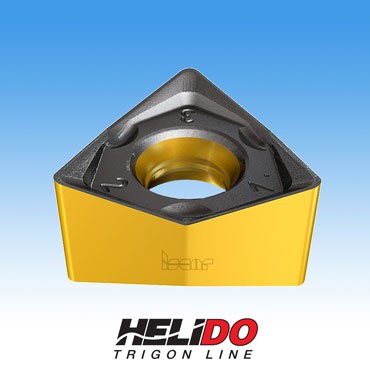
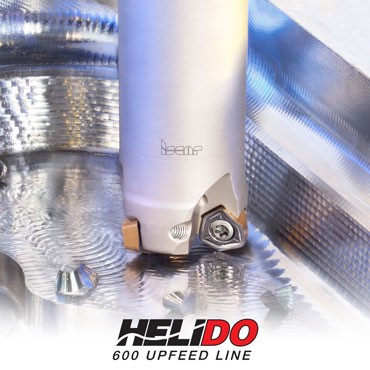
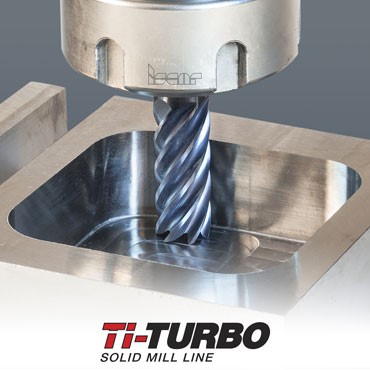



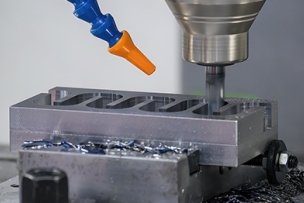
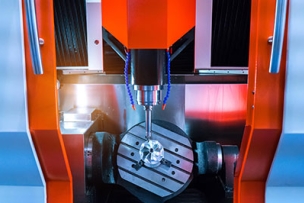
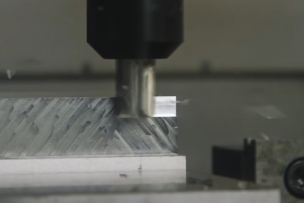
Talk to Us!
Leave a reply
Your email address will not be published. Required fields are marked *